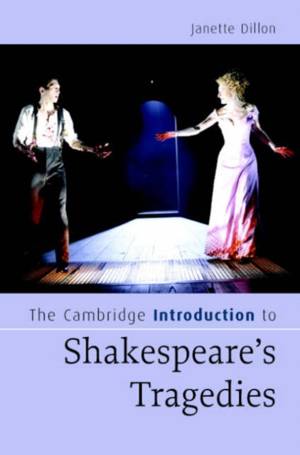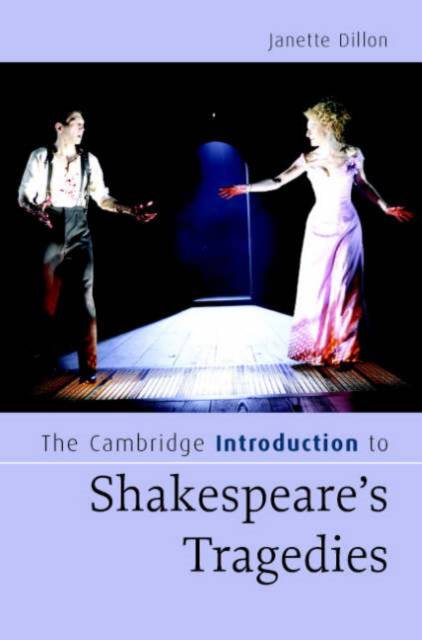
- Afhalen na 1 uur in een winkel met voorraad
- Gratis thuislevering in België vanaf € 30
- Ruim aanbod met 7 miljoen producten
- Afhalen na 1 uur in een winkel met voorraad
- Gratis thuislevering in België vanaf € 30
- Ruim aanbod met 7 miljoen producten
Zoeken
The Cambridge Introduction to Shakespeare's Tragedies
Janette Dillon
€ 139,95
+ 279 punten
Uitvoering
Omschrijving
Macbeth clutches an imaginary dagger; Hamlet holds up Yorick's skull; Lear enters with Cordelia in his arms. Do these memorable and iconic moments have anything to tell us about the definition of Shakespearean tragedy? Is it in fact helpful to talk about 'Shakespearean tragedy' as a concept, or are there only Shakespearean tragedies? What kind of figure is the tragic hero? Is there always such a figure? What makes some plays more tragic than others? Beginning with a discussion of tragedy before Shakespeare and considering Shakespeare's tragedies chronologically one by one, this 2007 book seeks to investigate such questions in a way that highlights both the distinctiveness and shared concerns of each play within the broad trajectory of Shakespeare's developing exploration of tragic form.
Specificaties
Betrokkenen
- Auteur(s):
- Uitgeverij:
Inhoud
- Aantal bladzijden:
- 176
- Taal:
- Engels
- Reeks:
Eigenschappen
- Productcode (EAN):
- 9780521858175
- Verschijningsdatum:
- 19/03/2007
- Uitvoering:
- Hardcover
- Formaat:
- Ongenaaid / garenloos gebonden
- Afmetingen:
- 166 mm x 229 mm
- Gewicht:
- 408 g

Alleen bij Standaard Boekhandel
+ 279 punten op je klantenkaart van Standaard Boekhandel
Beoordelingen
We publiceren alleen reviews die voldoen aan de voorwaarden voor reviews. Bekijk onze voorwaarden voor reviews.











